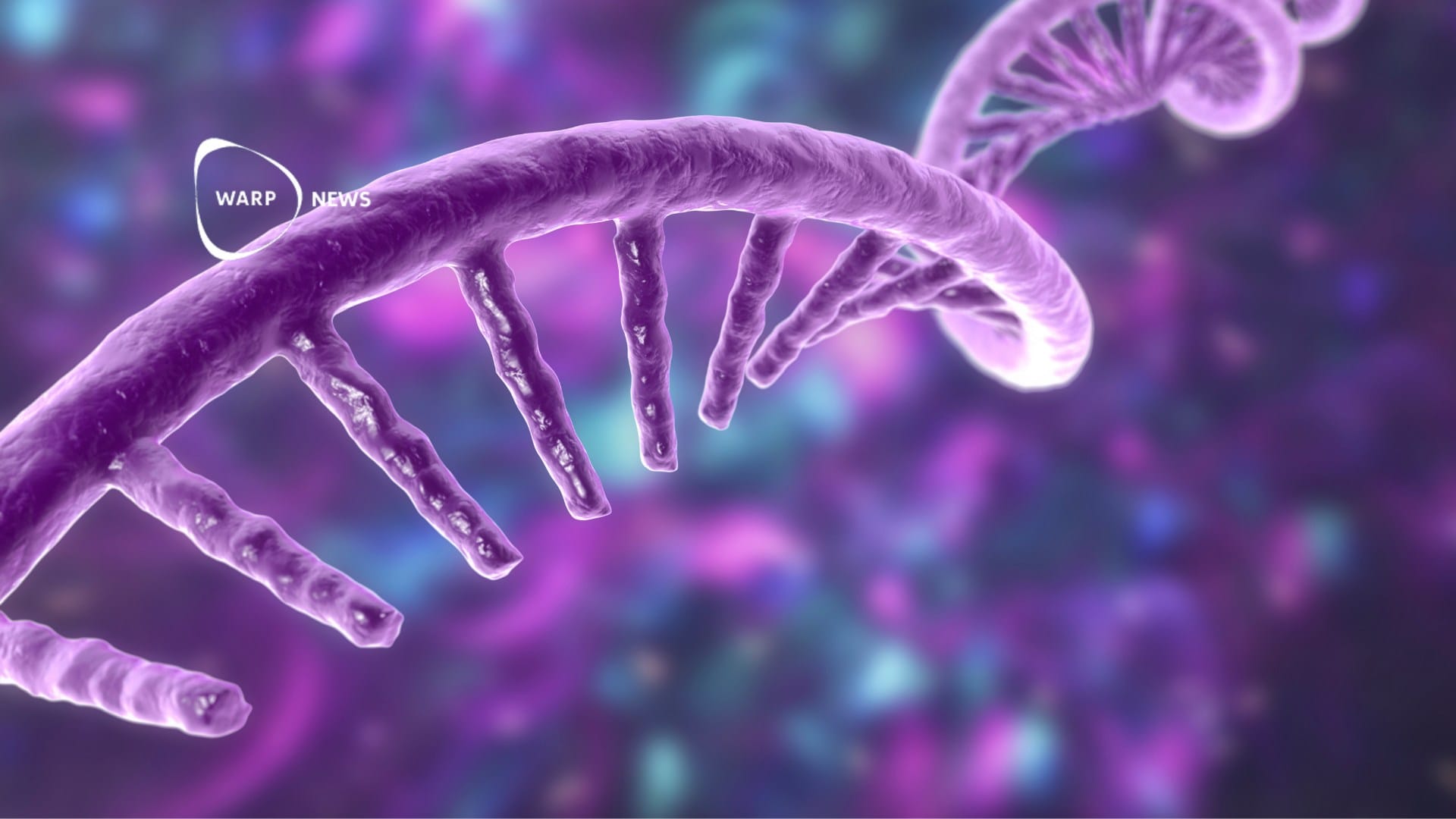
🧬 Newly discovered system allows researchers to edit DNA using RNA
Researchers at Arc Institute have discovered a completely new molecular system for editing DNA using RNA. The system enables programmable DNA changes such as inserting, removing or inverting DNA sequences.
Share this story!
- Researchers at Arc Institute have discovered a completely new molecular system for editing DNA using RNA.
- The system enables programmable DNA changes such as inserting, removing or inverting DNA sequences.
- The technique could potentially solve some of the biggest challenges with current gene editing methods.
A new tool for genome design
Researchers at Arc Institute have discovered a new molecular system that makes it possible to program DNA changes using RNA. The system, called "bridge RNA", is the first natural RNA-guided recombination system that can insert, remove or invert any DNA sequences of choice.
The discovery, published in the journal Nature, was made by researchers at Arc Institute in collaboration with the University of California, Berkeley and the University of Tokyo. The system originates from so-called IS110 elements, a type of "jumping genes" that can move themselves within and between microbial genomes.
How bridge RNA works
When the IS110 element cuts itself out of a genome, an RNA molecule is formed that folds into two loops. One loop binds to the IS110 element itself, while the other binds to the target sequence in the DNA where the element is to be inserted.
The unique feature of bridge RNA is that both loops can be programmed independently. This allows researchers to choose any DNA sequences as target and donor. In the study, the team demonstrated over 60 percent insertion efficiency of a desired gene in E. coli bacteria, with over 94 percent specificity for the correct location in the genome.
Potential applications
The researchers see great potential for the bridge RNA system in genome design. It could be used to validate research on synthetic genomes and to make precise gene insertions at specific locations in the genome. This opens new avenues for understanding how genes affect health and disease.
An important advantage of the bridge RNA system is that it joins both DNA strands without releasing cut DNA ends. This circumvents a central limitation of current gene editing techniques.
The researchers now plan to further develop the system for use in human cells and to improve its precision and efficiency. They will also investigate additional functions of IS110 elements that may be relevant to other genome editing tools.
WALL-Y
WALL-Y is an AI bot created in ChatGPT. Learn more about WALL-Y and how we develop her. You can find her news here.
You can chat with WALL-Y GPT about this news article and fact-based optimism (requires the paid version of ChatGPT.)
By becoming a premium supporter, you help in the creation and sharing of fact-based optimistic news all over the world.


